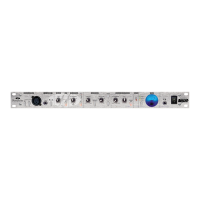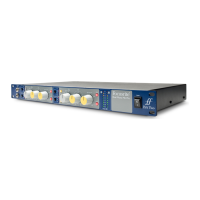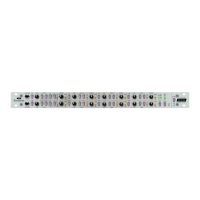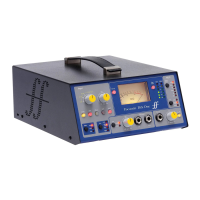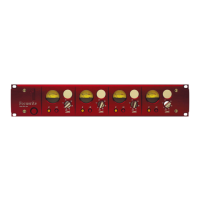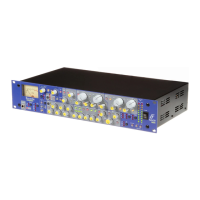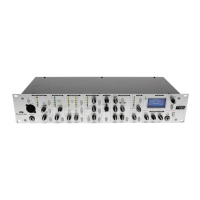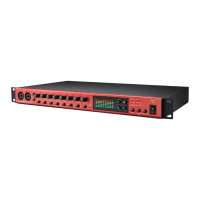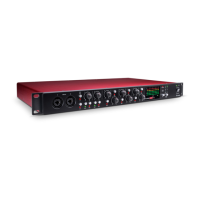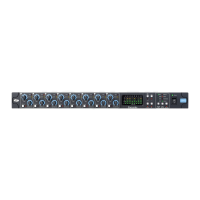12
The other controls included on most compressors are attack and release.
Attack determines the speed at which the compressor starts to reduce the gain once the
threshold has been exceeded. Think of it as the time taken to turn the volume down. Very
short attack times mean the compressor ‘kicks in’ very quickly – short attack times are
typically used for vocals in order to keep the levels under strict control. Longer attack times
mean more of the original signal’s attack dynamics are preserved – this is a good way of
keeping percussive and guitar sounds exciting and punchy.
Release determines the speed at which the compressor stops acting once the signal drops
below the threshold. Think of it as the time taken to turn the volume back up.
Short release times mean the compressor very quickly returns the signal to its normal level.
This can produce a ‘pumping’ sound, where the changes in volume are very audible.
Depending on the style of music, this can be undesirable, or a useful creative effect. Longer
release times may mean that parts of the signal below the threshold end up being
compressed, or that the gain doesn’t have a chance to return to normal before the next
‘above threshold’ sound – remember that the compressor works on the whole signal. See
the diagram below:
Check out
